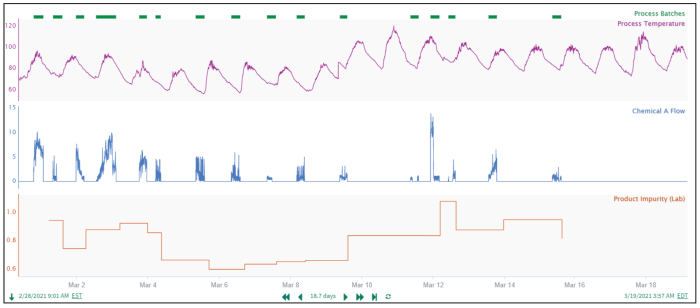Methodical alignment of data in a given business scenario – Methodical data alignment, a cornerstone of data management, empowers businesses to harness the full potential of their data. By systematically aligning data from diverse sources, organizations can gain a holistic view of their operations, make informed decisions, and achieve unprecedented levels of efficiency.
This comprehensive guide delves into the intricacies of methodical data alignment, exploring its benefits, procedures, methods, tools, challenges, best practices, and metrics. Through real-world case studies and expert insights, we will uncover the transformative power of data alignment in driving business success.
1. Methodical Alignment of Data

Methodical data alignment involves aligning data from various sources to ensure consistency, accuracy, and completeness. It is a systematic approach that enables businesses to effectively manage and utilize their data for decision-making and operational efficiency.
The benefits of aligning data methodically include improved data quality, reduced data redundancy, enhanced data security, and increased data accessibility.
Examples of Successful Methodical Data Alignment in Business Scenarios
- A retail company aligns customer data from multiple channels (e-commerce, physical stores, social media) to create a comprehensive customer profile.
- A financial institution aligns financial data from different systems to provide accurate and real-time reporting for risk management.
- A healthcare organization aligns patient data from electronic health records, medical devices, and research databases to improve patient care and outcomes.
2. Data Alignment Procedures

Methodical data alignment involves several key procedures:
- Data profiling:Analyzing data to understand its structure, content, and quality.
- Data cleansing:Removing errors, inconsistencies, and duplicates from data.
- Data transformation:Converting data into a consistent format and structure.
- Data integration:Combining data from multiple sources into a single, cohesive dataset.
Role of Data Governance in Methodical Data Alignment, Methodical alignment of data in a given business scenario
Data governance plays a crucial role in ensuring the quality and consistency of data alignment. It provides guidelines and policies for data management, ensuring that data is aligned in a standardized and controlled manner.
Use of Data Integration Tools for Methodical Data Alignment
Data integration tools automate the process of data alignment by providing features for data profiling, cleansing, transformation, and integration. These tools help reduce the time and effort required for manual data alignment tasks.
3. Data Alignment Methods
There are different methods for aligning data methodically, each with its strengths and weaknesses:
- Schema-based alignment:Aligning data based on predefined schemas or data models.
- Rule-based alignment:Aligning data based on specific rules and conditions.
- Machine learning-based alignment:Aligning data using machine learning algorithms to identify and correct data inconsistencies.
Guidance on Selecting the Appropriate Method for Specific Business Scenarios
The choice of data alignment method depends on the specific business scenario and data requirements. Schema-based alignment is suitable for structured data with well-defined schemas. Rule-based alignment is useful for aligning data with complex or evolving schemas. Machine learning-based alignment can handle unstructured or semi-structured data and is effective for identifying hidden patterns and relationships.
4. Data Alignment Tools: Methodical Alignment Of Data In A Given Business Scenario

Various data alignment tools are available, offering different features and capabilities:
- Data integration platforms:Provide comprehensive data alignment capabilities, including data profiling, cleansing, transformation, and integration.
- Data quality tools:Focus on data profiling and cleansing, ensuring data accuracy and completeness.
- Data governance tools:Provide data governance capabilities, including data lineage, metadata management, and policy enforcement.
Recommendations for Selecting the Right Tools for Specific Business Needs
The selection of data alignment tools should consider factors such as data volume, data complexity, and business requirements. Data integration platforms are suitable for large-scale data alignment projects. Data quality tools are effective for improving data accuracy and completeness. Data governance tools ensure data alignment compliance with organizational policies.
Essential FAQs
What are the key benefits of methodical data alignment?
Improved data quality, enhanced data consistency, reduced data redundancy, streamlined data access, and better decision-making.
What are the common challenges in aligning data methodically?
Data heterogeneity, data governance issues, lack of resources, and data integration complexities.
What are the best practices for aligning data methodically?
Establish clear data alignment goals, define data standards, implement data governance policies, and leverage data integration tools.